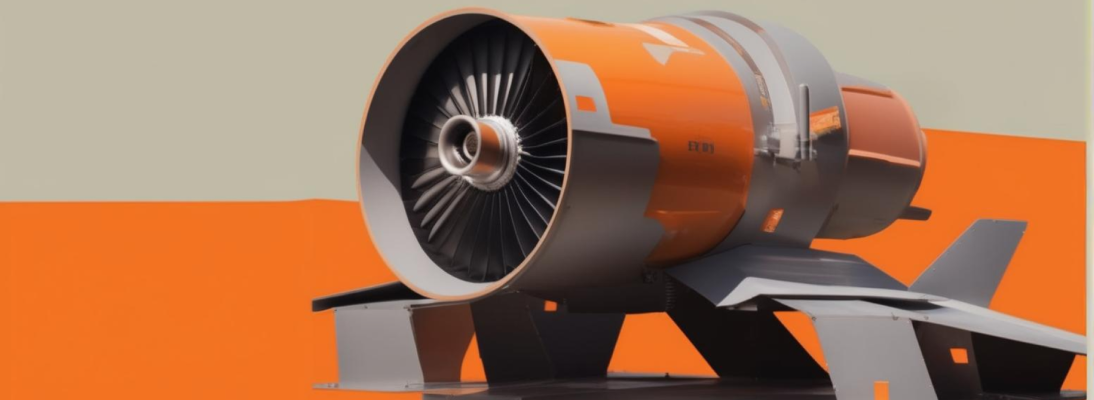AI/ML for the comms-contested battlefield

TurbineOne’s first product, its Frontline Perception System (FPS), is used globally by every military branch and U.S. Special Operations. The technology helps first responders navigate dangerous environments by giving them unprecedented situational awareness and safety with Edge ML software. The FPS is no-code and no-cloud, which means it's designed to alert warfighters to threats without overwhelming them with data, and it works in places where internet access is limited or hazardous.
Why we partnered
Silicon Valley’s aversion to building products for the government also always seemed like a missed opportunity to us. Back in 2019, Matt Amacker, our first engineer at TheGP who previously led Google’s Applied R&D lab, and our managing partner, Dan Portillo, started to think about how we could ship products for the government quickly. At the same time, Ian Kalin, a Navy veteran and entrepreneur who was previously the first Chief Data Officer for the U.S. Department of Commerce, started at TheGP as an EIR. Together, they started applying for federal SBIR (Small Business Innovation Research) grants. Once they won their first big contract with U.S. Special Operations, Matt and Ian built a rapid prototyping lab within TheGP to better understand the market for defense tech and ship products that help our government better serve its citizens.
Furthermore, The U.S. is losing the AI arms race, and the federal government is spending billions to catch up. The DoD will spend $842 billion this year and is expected to continue growing as effectively integrating AI becomes more critical to mission success and soldier safety. The TurbineOne team has already demonstrated its ability to navigate the government contracting process, putting it in a strong position to meet the public sector’s needs, even beyond the DoD.
TurbineOne’s product has adjacent civilian applications in emergency response fields, such as law enforcement, fire departments, and emergency medical services. It could potentially be applied to field worker safety and security across oil and gas, construction, mining, agriculture, and manufacturing.
We believe this type of work is critical for our country, which is why were proud to partner with Ian and Matt throughout different moments in their journey building TurbineOne—from helping form the company, to recruiting eight members of their technical team, to investing in their Series A.
What we built together
While still working inside TheGP, Ian and Matt spun up a ton of projects to figure out what would stick, from a drone that melts away after delivery to special magnets. In shipping more and more products, it quickly became clear that our government’s defense branches needed to improve their machine learning. Ian also knew firsthand what it was like to navigate dangerous situations with outdated tools on the frontlines. He talked with Matt about the product he wished he had when he served—a machine learning tool that worked in a communications-contested environment to deliver intel to people on the ground, alerting them of unforeseen dangers in real time.
So Matt built a prototype focused on Edge ML that was purpose-built for military intelligence. This meant that the military could run machine learning processes on devices at the “edge” of a network rather than in a central data center or cloud. Soldiers on the ground could, theoretically, use devices equipped with Edge ML to interpret data on the spot and detect any threats, a concept Ian once described as “science fiction.” The prototyping lab started to focus more and more on one software product—this product—and Matt and Ian stayed at TheGP for a few more months to iterate. We helped them come up with a name, and then they spun out a new, standalone company. TurbineOne was born.
In recent months, TurbineOne's software helped non-technical U.S. Navy sailors fix underperforming ML models on an autonomous surface craft, helping the Navy conduct more accurate reconnaissance of threatening ships. In another case, a Special Operations Force unit leveraged TurbineOne’s FPS to quickly process numerous sensor feeds, automate enemy threat recognition, and cue insights that would have previously taken many weeks to produce. TurbineOne’s software architecture is also optimized to run on their existing hardware, including military-grade phones, heads-up displays, and drones. This is a distinct departure from the way defense tech has historically worked—on hardware that is not interoperable.